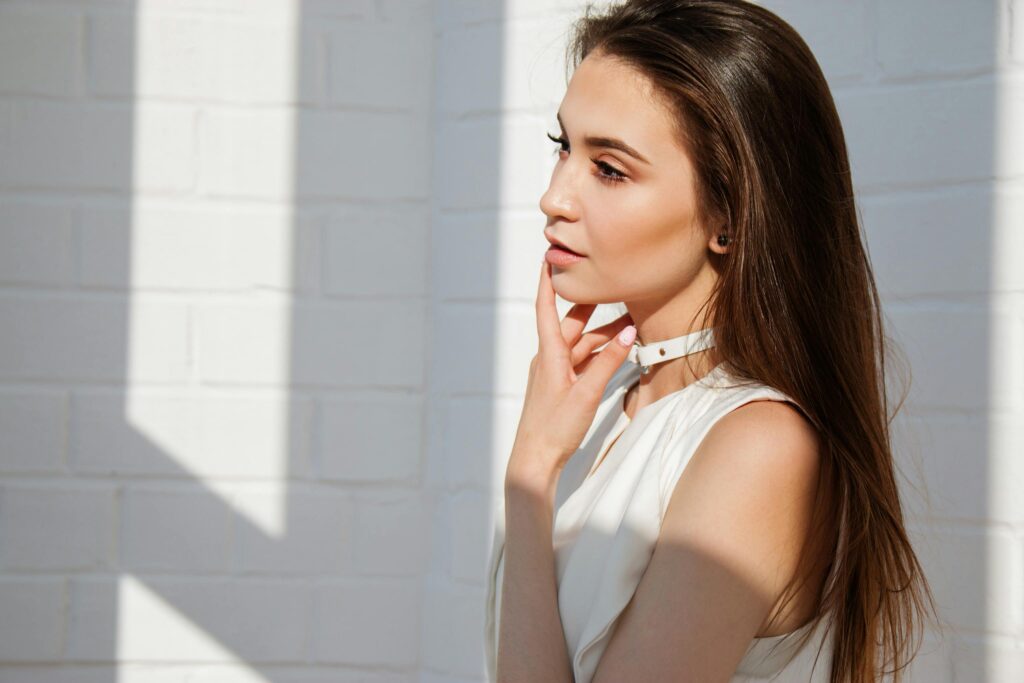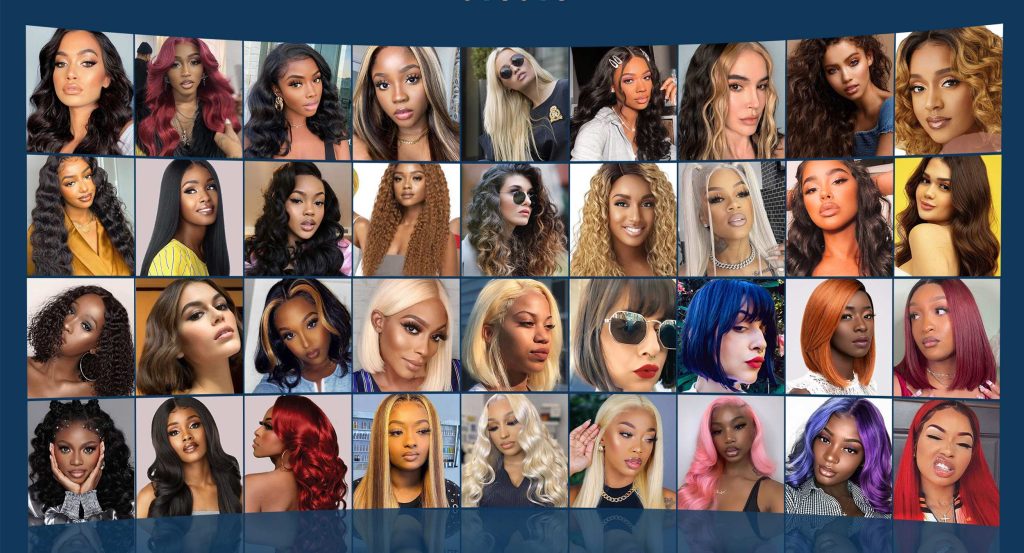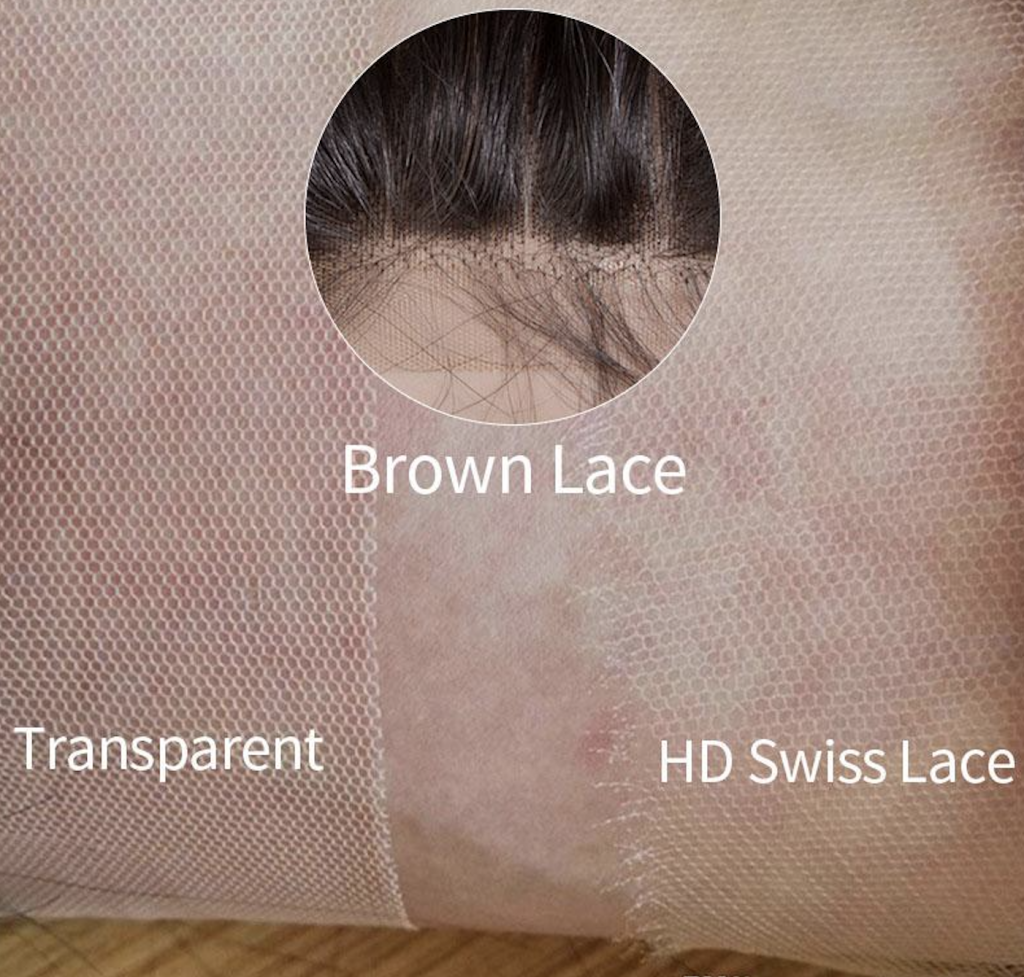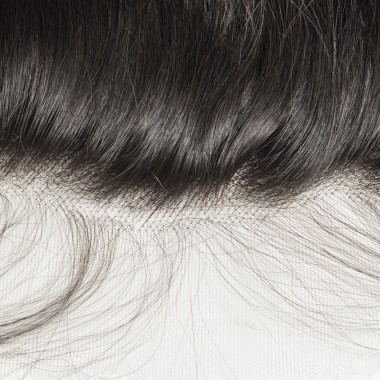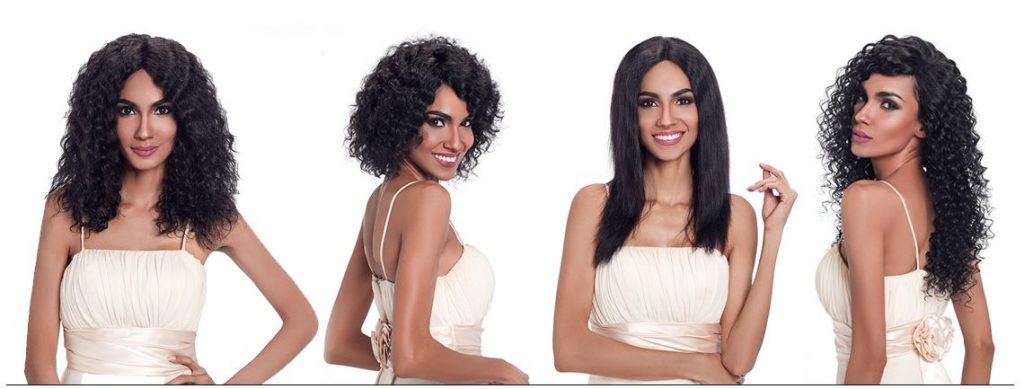When you are new to hair extensions, even when you select everything—the type of hair extension, hair type, hair texture, hair color, hair length, quality grade—the single most confusing thing is selecting its grams (weight and thickness). Yes, I know, I have been there too.
Let me share a little story with you.
I happened to meet an acquaintance, Anna, new to hair extensions, in a group setting; she was so hesitant to order only because she couldn’t decide how many grams to select and wasn’t opening up about it. I saw her in deep thought while staring at the screen. As a girl’s girl, I started sharing my experience—that I had questions that didn’t have straight, accurate answers, but I got the safe, blame-free answers. I watched Anna’s face light up, and we were ordering her hair extensions in the next 15 minutes. At the next meeting, she told me she explained everything to her sister, and her sister offered help to her university friend, and we started a beautiful chain.
Seeing the scenario, I put together a comprehensive guide that will have you excited to order yours in the next few minutes. Let’s break it down.
What Will You Learn In This Article:
- Understanding “Gram” in Hair Extension
- Gram Matching For Your Hair Type And Needs
- Quick and Correct Reference For Each Hair Type: How Many Grams of Hair Extensions Do You Need
- Most Neglected Factors That Influence How Many Grams of Hair Extensions You Need
- Common Misunderstandings About Grams of Hair Extensions
- Step By Step: How To Know How Many Grams Of Hair Extensions To Order
- Expert Tips To Maximize Your Purchase
Key Takeaways
- Gram hair measures the weight of the hair extension and is a better indicator of volume than the strand count or length alone.
- Your natural hair density, length target, and texture should guide how many grams you choose for comfortable, natural-looking extensions.
- Different application methods and styling habits affect how many grams you will need to achieve your desired look.
- More grams are not always better; Excessive hair can look unnatural and cause damage. Personalization is important.
- Use the table of gram recommendations as an initial point, but always test and adjust your unique hair and style goals.
- Proper layering, care, and storage help to maintain the perfection and longevity of your extension without overloading your hair.
1. Understanding “Gram” in Hair Extension
Definition and Purpose
In the hair extension industry, a gram (g) is the standard unit to measure the amount of hair in a set. Unlike the hair extensions’ length, which is straightforward, the weight provides a better sign of the real volume and perfection that you will achieve. One gram is only a measure of mass, and hair extensions vendors use it as it is responsible for how thick or dense the hair is, regardless of the length of the hair.
Gram vs. Strand Count
You can see that two sets of extensions with a single gram weight can feel very different. This is because some brands use fine strands, but more of them, while others use coarse strands but are low in numbers. So, the count of the strand – the number of individual hair – also affects how the extensions look.
Gram vs. Thickness vs. Density
Gram: Total weight of hair extension.
Thickness: How thick each strand is.
Density: How closely the strands are packed.
Together, these factors affect the amount of your extension and overall appearance. For example, light grams with coarse strands can look denser than heavy grams with fine strands.
How do Famous Grams (50g, 100g, 150g) Appear on the Head?
50 grams: Usually looks like a subtle volume, good for fine hair or light blending.
100 grams: Medium fullness, a popular weight for everyday wear that adds a noticeable amount without heaviness.
150 grams: Provides a glamorous, suitable for thick hair or special occasions.
2. Grams Matching For Your Hair Type And Needs
You can only order the correct grams if you do it by considering your hair density, hair length target, and hair texture. Let’s look at all of them.
By Hair Density
Fine Hair: Use the lower gram to avoid bulkiness and get a spontaneous mixture. Excessive weight can make delicate hair heavy.
Medium hair: The moderate grams form a balance between perfection and comfort.
Thick hair: Heavy grams are required to match the natural density and avoid “thin ends”, where your hair is unevenly sticking.
By Hair Length Target
Small to medium hair: Often, additional grams are required to mix blunt cuts well and prevent gaps.
Medium to long hair: Fewer grams may be required if the layering is natural, as layers help extensions blend better.
Additional long (back-length+): More grams are necessary to maintain perfection from roots to tips, as long-term varieties weigh more.
By Hair Texture
Straight hair: More grams may be necessary because the gap between strands is more visible.
Wavy/curly hair: Natural volume of extensions helps to appear full, so fewer grams can be sufficient.
3. Quick and Correct Reference For Each Hair Type: How Many Grams of Hair Extensions Do You Need
Straight Hair
| Hair Density | Current Length → Goal | Suggested Gram Range (g) |
| Fine | Chin → Shoulder | 60–80 |
| Fine | Shoulder → Mid-back | 80–120 |
| Fine | Mid-back → Waist | 80–100 |
| Fine | Long → More volume only | 60–100 |
| Medium | Chin → Shoulder | 80–100 |
| Medium | Shoulder → Mid-back | 120–160 |
| Medium | Mid-back → Waist | 120–140 |
| Medium | Long → More volume only | 80–100 |
| Thick | Chin → Shoulder | 120–140 |
| Thick | Shoulder → Mid-back | 160–200 |
| Thick | Mid-back → Waist | 180–220 |
| Thick | Long → More volume only | 140–160 |
Wavy Hair
| Hair Density | Current Length → Goal | Suggested Gram Range (g) |
| Fine | Chin → Shoulder | 70–90 |
| Fine | Shoulder → Mid-back | 90–130 |
| Fine | Mid-back → Waist | 90–110 |
| Fine | Long → More volume only | 70–110 |
| Medium | Chin → Shoulder | 90–110 |
| Medium | Shoulder → Mid-back | 130–170 |
| Medium | Mid-back → Waist | 130–150 |
| Medium | Long → More volume only | 90–110 |
| Thick | Chin → Shoulder | 130–150 |
| Thick | Shoulder → Mid-back | 170–210 |
| Thick | Mid-back → Waist | 190–230 |
| Thick | Long → More volume only | 150–170 |
Curly Hair
| Hair Density | Current Length → Goal | Suggested Gram Range (g) |
| Fine | Chin → Shoulder | 80–100 |
| Fine | Shoulder → Mid-back | 100–140 |
| Fine | Mid-back → Waist | 100–120 |
| Fine | Long → More volume only | 80–120 |
| Medium | Chin → Shoulder | 100–120 |
| Medium | Shoulder → Mid-back | 140–180 |
| Medium | Mid-back → Waist | 140–160 |
| Medium | Long → More volume only | 100–120 |
| Thick | Chin → Shoulder | 140–160 |
| Thick | Shoulder → Mid-back | 180–220 |
| Thick | Mid-back → Waist | 200–240 |
| Thick | Long → More volume only | 160–180 |
Important Adjustment Notes
- Application Method: Clip-ins generally need more grams for the same fullness than tape-ins or wefts.
- Styling Habits: If you curl or wave your extensions daily, add +20–40g to maintain perceived volume.
- Cut Shape: Blunt cuts often require an extra +20–40g compared to layered cuts for seamless blending.
Yes, other than hair density, hair length target, and hair texture, there are some other factors that can influence your gram requirement. Let’s look at those factors.
4. Most Neglected Factors That Influence How Many Grams of Hair Extensions You Need
Application method: Clip-ins, tape-ins, I-tips, wefts, fusion bonds, and halos distribute weight differently, influencing the amount of grams you will need. For example, clips may require more grams for fullness compared to the tape-ins because they lie flat on the head.
Style habits: Frequently styling extensions in curls or waves can shorten the visual length of extensions, which may require more grams to maintain volume.
Hair cut shape: Blunt cuts often require more grams to mix, while laying hair can disguise the thinnest extensions with fewer grams.
Color blending strategy: Solid colors require a uniform density, while balayage or rooted extensions can create depth with fewer grams. There are codes to represent shade of hair extensions.
Scalp and hair health: Your hair overload can cause damage; The balance volume with safe weight is essential.
Event vs. daily use: Lighter grams for daily use to maintain comfort, heavier grams for glamorous event looks.
Budget: The price per gram varies widely, influencing how much you can invest in your extensions.
5. Common Misunderstandings About Grams of Hair Extensions
Let’s resolve the top 4 misunderstandings about grams of hair extensions.
“More gram = better.” Excessive hair can look unnatural, cause damage, and feel uncomfortable. It is about balance, not volume overload.
“All brands carry the same weight.” Manufacturing standards are different – 100 grams of one brand can be denser compared to another.
“Short hair requires less gram.” Actually, short blunt cuts often require more grams to mix, basically.
“One size fits all.” The unique density, texture, and goals of your hair mean that personalization is important.
6. Step By Step: How To Know How Many Grams Of Hair Extensions To Order
Assess the density of your hair: Determine if your natural hair is fine, medium, or thick.
Measure the current and desired length: Calculate how much length you want to add.
Decide on fullness level: Choose between subtle, medium, or glam volumes.
Select the application method: Various methods affect weight distribution and grams.
Check the brand chart: Cross-references with manufacturer’s weight and strand count specs.
Order and Test Fit: Adjust the gram as required for the right combination and comfort.
7. Expert Tips To Maximize Your Purchase
Layer Extension: Strategically, the layering can cause a greater quantity of illusion without adding additional grams.
Double up to events: If you want maximum perfection for special occasions, use two sets.
Proper storage and care: Keep the extension clean and properly stored to maintain weight and thickness.
Know when you are overloaded: Notice discomfort or unnatural heaviness on the scalp – these are signs of reducing grams.
Final Thoughts
Choosing the right grams of hair extensions is not about choosing the heaviest or cheapest options. This is about understanding the unique features of your hair and selecting grams accordingly to achieve a natural, beautiful form. Use this guide to make informed decisions, and do not hesitate to leave comments for further advice.
